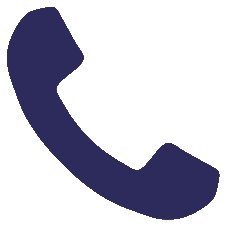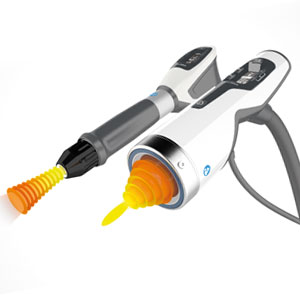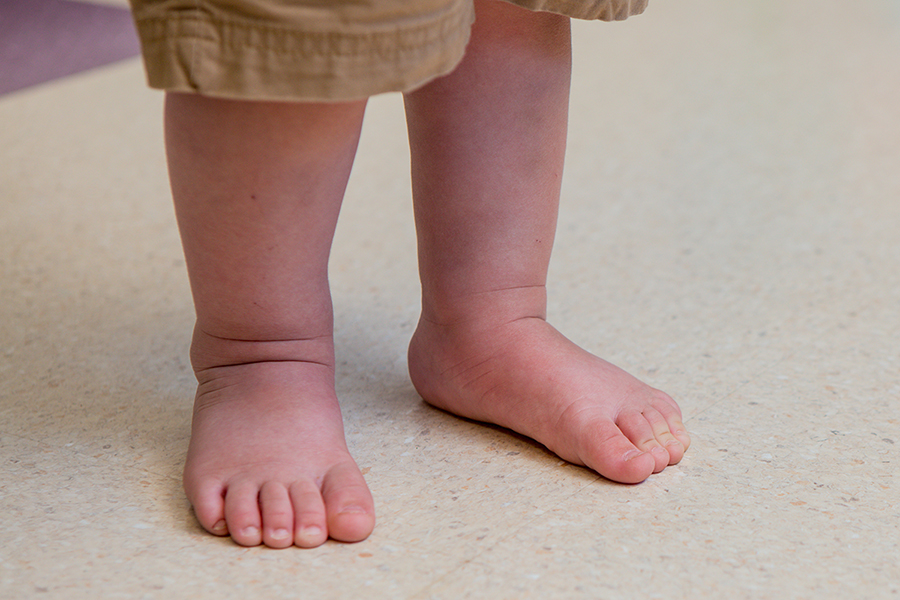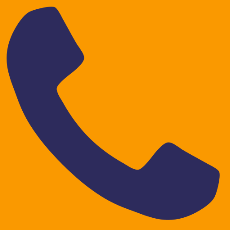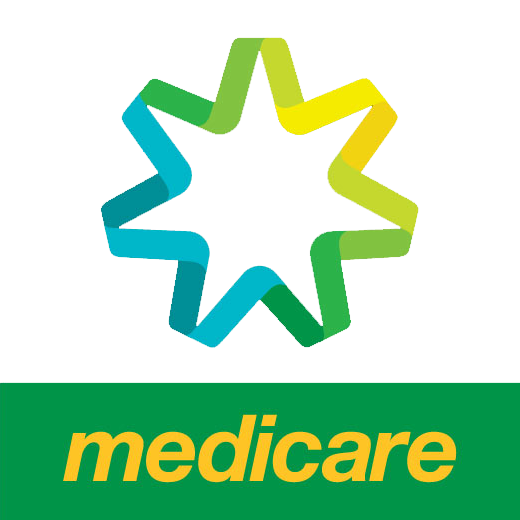Special Services
On top of Excellent Podiatric care you will receive at Toetal Health, we also offer Expert Services in the following;
Fungal Nail Treatment

Onychomycosis (Fungal Nails) and A.R.C FOX Laser
What do fungal nails look like?
Fungal nails can have a varied appearance depending on the microorganism that has invaded the nail plate, as well as where it entered, and other co-morbidities of the feet/nails. Stereotypically, fungal nails present with a Yellow-Brown discolouration. They also are quite often brittle and lifted off the nail bed. They can also be thickened and difficult to cut.
Fungal nails can have a varied appearance depending on the microorganism that has invaded the nail plate, as well as where it entered, and other co-morbidities of the feet/nails. Stereotypically, fungal nails present with a Yellow-Brown discolouration. They also are quite often brittle and lifted off the nail bed. They can also be thickened and difficult to cut.
What causes fungal nails?
From varied mechanisms, the offending dermatophyte (fungus) gets into the nail, and starts to eat the keratin in the nail – resulting in separation of the nail layers and further degradation of the nail integrity. One common mechanism is from tight fitting footwear which rub on the nail and causes this breakdown.
From varied mechanisms, the offending dermatophyte (fungus) gets into the nail, and starts to eat the keratin in the nail – resulting in separation of the nail layers and further degradation of the nail integrity. One common mechanism is from tight fitting footwear which rub on the nail and causes this breakdown.
What treatments are there for fungal nails?
Fungal nail infections and treatments go back as far as ancient Greece! So as you can imagine, there are A LOT of treatments people have tried over the years.
Some natural options are Tea Tree oil, apple cider vinegar and even peppermint oil. The success rates among the natural remedies range from 8% up to 15%. So mechemicals (such as Hydrogen Peroxide 3%, and Iodine 2% have similar reported success rates in treatment of fungal infections. After 3 months of treatment if you fail to see any results it is recommended that you move onto a different treatment modality.
Specific anti-mycotic agents (terbinafine, amorolfine, griseofulvin, etc.) have slightly higher success (range of 15-25%), but this is dependant on the specific pathogen (t. ungium, t. interdigital, t. pedis, etc.). These mycotic agents also can be obtained in an oral tablet, and boast a 68-72% success rate, butthey are hepatotoxic and can damage kidney function.
Fungal nail infections and treatments go back as far as ancient Greece! So as you can imagine, there are A LOT of treatments people have tried over the years.
Some natural options are Tea Tree oil, apple cider vinegar and even peppermint oil. The success rates among the natural remedies range from 8% up to 15%. So mechemicals (such as Hydrogen Peroxide 3%, and Iodine 2% have similar reported success rates in treatment of fungal infections. After 3 months of treatment if you fail to see any results it is recommended that you move onto a different treatment modality.
Specific anti-mycotic agents (terbinafine, amorolfine, griseofulvin, etc.) have slightly higher success (range of 15-25%), but this is dependant on the specific pathogen (t. ungium, t. interdigital, t. pedis, etc.). These mycotic agents also can be obtained in an oral tablet, and boast a 68-72% success rate, butthey are hepatotoxic and can damage kidney function.
A.R.C FOX Laser
The A.R.C FOX laser utilizes a unique mixture of heat and [INSERT LIGHT FREQUENCY] to kill the fungus and promote blood flow to the nail, resulting in greater nail growth. There are no harmful chemicals, or nasty side effects associated with laser treatment. In your treatment, your clinician will administer a pre determined amount of energy to the nail. Visible reduction in presence of fungus can be achieved in as little as 4 treatments
The A.R.C FOX laser utilizes a unique mixture of heat and [INSERT LIGHT FREQUENCY] to kill the fungus and promote blood flow to the nail, resulting in greater nail growth. There are no harmful chemicals, or nasty side effects associated with laser treatment. In your treatment, your clinician will administer a pre determined amount of energy to the nail. Visible reduction in presence of fungus can be achieved in as little as 4 treatments
I have sensitive feet, will it hurt?
The A.R.CFOX Laser is a heat producing laser, so there is a probability of it being uncomfortable, depending on your sensitivity. The heat is short lived and delivered in small batches so that you are able to remain comfortable throughout the treatment.
The A.R.CFOX Laser is a heat producing laser, so there is a probability of it being uncomfortable, depending on your sensitivity. The heat is short lived and delivered in small batches so that you are able to remain comfortable throughout the treatment.
How many treatments do I need?
Number of treatments varies depending on the a number of factors, such as how long you have had the infection, how far ingrained into the nail it is (depth and thickness of nail, and whether or not it has penetrated the nail matrix), as well as your local blood flow, immune function and any continual trauma being applied to the toe.
A minimum of 3 sessions is advised in as many weeks, which then open up to 3-4 week gaps until fungus is dead and nail regrowth is all that is needed.
Number of treatments varies depending on the a number of factors, such as how long you have had the infection, how far ingrained into the nail it is (depth and thickness of nail, and whether or not it has penetrated the nail matrix), as well as your local blood flow, immune function and any continual trauma being applied to the toe.
A minimum of 3 sessions is advised in as many weeks, which then open up to 3-4 week gaps until fungus is dead and nail regrowth is all that is needed.
Shockwave Therapy
Radial Pressure Wave (RPW) Therapy RPW or Shockwave therapy is a treatment in which we utilize sound waves to elicit changes in tissues for therapeutic benefit. First clinical use was in 1980 and was originally known as Lithotripsy – where it was used to break down Kidney stones. But since the 2000 olympics it has been in circulation amongst the elite athletes and has since trickled down into the weekend warriors and lives of everyday people!
How does it work?
In the most common form of shockwave therapy, a small ‘bullet’ bounces back and fourth inside a chamber, that creates sound waves (shockwaves) which then travels into your tissues. These shockwaves create a cavitation effect inside the tissues, which cause the body to flood the area with fresh red blood cells, anti-inflammatory cytokines, and healing factors, in order to heal the inflamed/damaged tissues.
In the most common form of shockwave therapy, a small ‘bullet’ bounces back and fourth inside a chamber, that creates sound waves (shockwaves) which then travels into your tissues. These shockwaves create a cavitation effect inside the tissues, which cause the body to flood the area with fresh red blood cells, anti-inflammatory cytokines, and healing factors, in order to heal the inflamed/damaged tissues.
What can be treated with shockwave?
Shockwave is the most researched and evidence based musculoskeletal treatment. Due to this, its scope is HUGE. It has been shown to have dramatic reduction in pain and increase in function in treating;
Shockwave is the most researched and evidence based musculoskeletal treatment. Due to this, its scope is HUGE. It has been shown to have dramatic reduction in pain and increase in function in treating;
- Plantar Fasciitis and Fibroma Reduction
- Achilles Tendonitis and Enthesitis
- Patella Tendonitis
- Gluteal Tendonopathies
- Neuroma Treatment
- Hyaline Cartliage Stimulation (joint repair)
- Hamstring and Quadriceps Tendonopathies and Strains
Does it hurt?
Much like a Sports Massage, or Foam rolling; Shockwave therapy does have a level of discomfort to the therapy. This is due to the nature of working on a tight or injured area of the body and that area sending signals to the brain that it needs to be protected. Unlike most therapies though, this pain is fleeting. The reason for this is because of a very special reaction the body produces to shockwaves; Inhibition of Substance P. Substance P is the chemical that our bodies release following trauma or injury. This chemical interacts with our nerves, telling our brains that the area is injured, and that we need to look after it. What this means that there will be some discomfort, but it will be for a few seconds, and then you will feel much looser or less painful as a result!
Much like a Sports Massage, or Foam rolling; Shockwave therapy does have a level of discomfort to the therapy. This is due to the nature of working on a tight or injured area of the body and that area sending signals to the brain that it needs to be protected. Unlike most therapies though, this pain is fleeting. The reason for this is because of a very special reaction the body produces to shockwaves; Inhibition of Substance P. Substance P is the chemical that our bodies release following trauma or injury. This chemical interacts with our nerves, telling our brains that the area is injured, and that we need to look after it. What this means that there will be some discomfort, but it will be for a few seconds, and then you will feel much looser or less painful as a result!
Is it safe?
Shockwave therapy is one of the safest therapies available for MSK conditions. There are very few restrictions around the use of Shockwave therapy;
Shockwave therapy is one of the safest therapies available for MSK conditions. There are very few restrictions around the use of Shockwave therapy;
How many treatments do I need?
Number of treatments varies depending on the presenting problem, but you can expect at least 3-5 sessions. This number can be reduced depending on adjunct therapy, and cessation of aggravating factors. How often are the treatments? Pain tolerance and relief periods tell us how regularly the treatments should be. At the start 3-4 days between treatments are advised, with that gap increasing according to the relief obtained from the treatment. With rehabilitation and return to activity its not uncommon to have treatments up to 10 days apart.
Number of treatments varies depending on the presenting problem, but you can expect at least 3-5 sessions. This number can be reduced depending on adjunct therapy, and cessation of aggravating factors. How often are the treatments? Pain tolerance and relief periods tell us how regularly the treatments should be. At the start 3-4 days between treatments are advised, with that gap increasing according to the relief obtained from the treatment. With rehabilitation and return to activity its not uncommon to have treatments up to 10 days apart.
